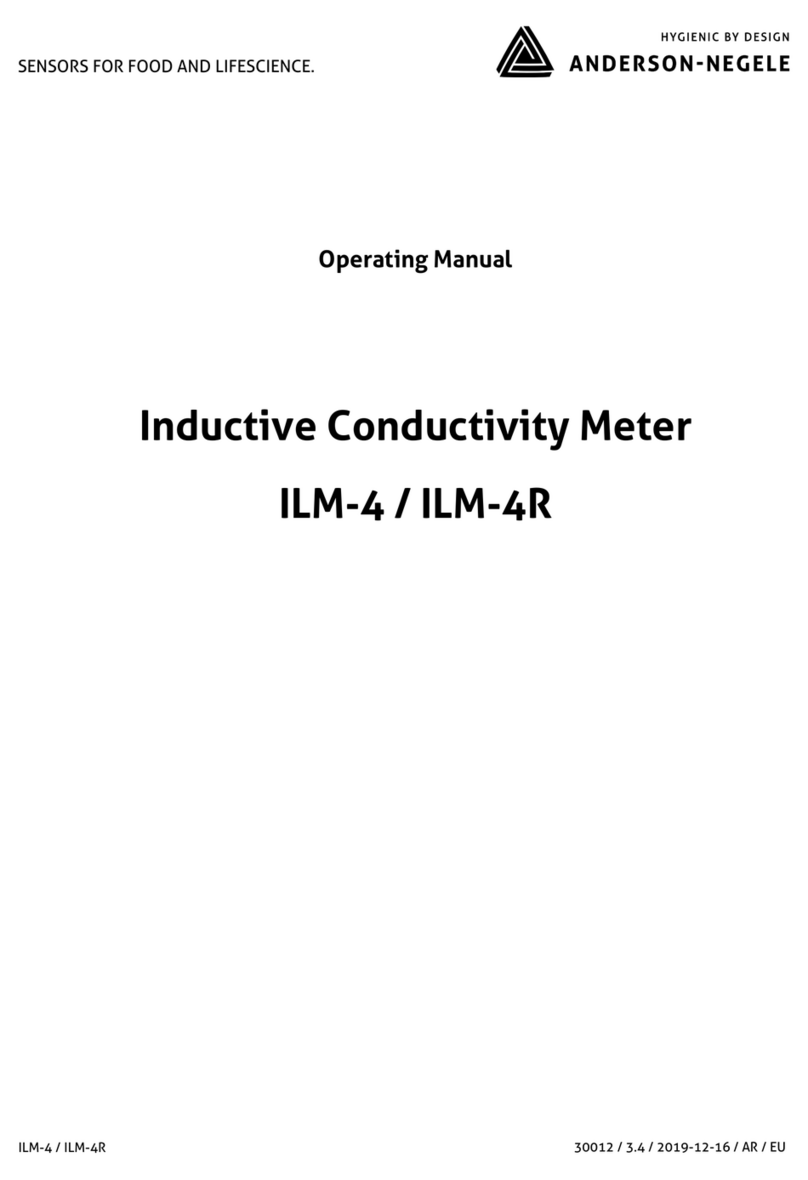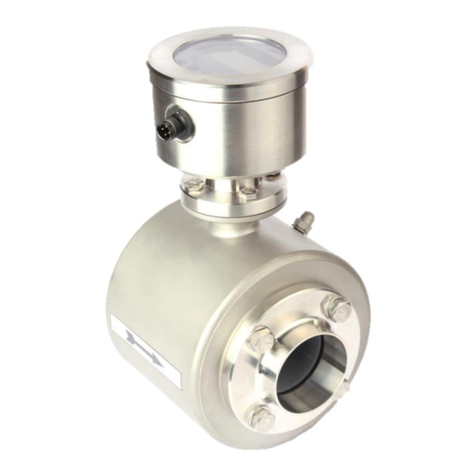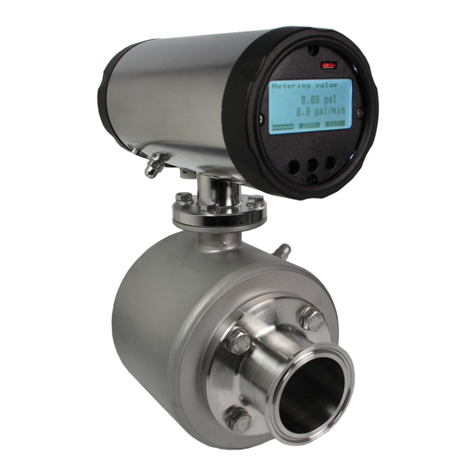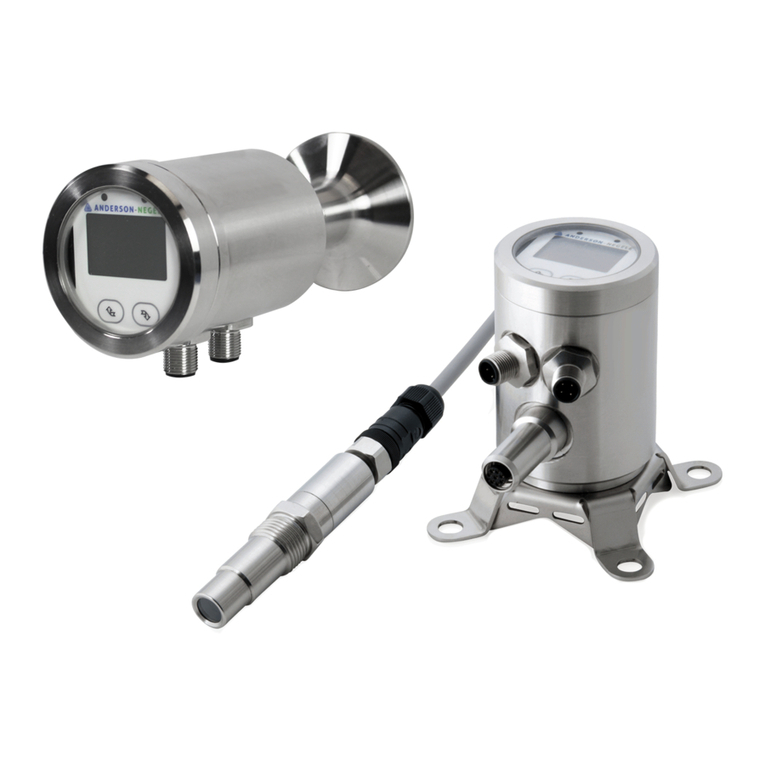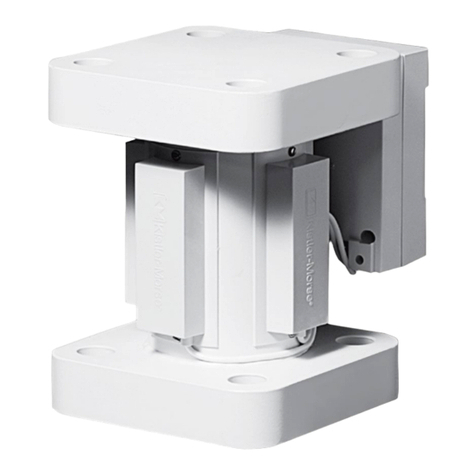General description
- 3 -
5.3 Display.................................................................................................................... 26
6Commissioning....................................................................................................... 27
6.1 General information ............................................................................................... 27
6.2 Advice for starting-up the FMQ............................................................................. 28
6.3 Basic settings upon delivery................................................................................. 28
6.3 System structure and operating elements................................................... 28
6.4. Zero point adjustment (“ZERO adjust”)................................................................ 29
6.5 Metering with an empty meter tube....................................................................... 29
6.5.1 "EMPTY pipe detection".............................................................................. 29
6.6 External reset of counter (use of digital input)..................................................... 29
6.7 Status indication .................................................................................................... 30
6.8 Optical operating elements (display version)....................................................... 30
7Operation................................................................................................................. 31
7.1 Basic keypad functions ......................................................................................... 32
7.2 Image navigator...................................................................................................... 32
7.3.1 Zero reset of the volume counter................................................................ 35
7.3.2 How to delete malfunction messages.......................................................... 35
7.3.3 Parameter change...................................................................................... 35
7.3.4 How to release a parameter change:.......................................................... 36
7.3.5 How to release the service functions:.......................................................... 36
7.4 Image level: Measured values............................................................................... 37
7.4.1 Measured value: Volume............................................................................ 37
7.4.2 Measured value: Flow rate.......................................................................... 37
7.4.3 Measured value: Flow rate and volume ...................................................... 37
7.4.4 Measured value: Total quantity................................................................... 37
7.4.5 Error message: Transmitter not connected................................................. 38
7.5 Image level: Base parameters............................................................................... 38
7.5.1 Language ................................................................................................... 38
7.5.2 CS3Bus address......................................................................................... 38
7.5.3 Dimension................................................................................................... 39
7.5.4 Q type......................................................................................................... 39
7.6 Image level: Pulse output ...................................................................................... 40
7.6.1 PV1............................................................................................................. 40
7.6.2 TP1............................................................................................................. 40
7.6.3 IT1.............................................................................................................. 40
7.7 Image level: Digital input ....................................................................................... 41
7.7.1 Function: Digital input................................................................................. 41
7.7.2 IT1.............................................................................................................. 41
7.8 Image level: Current output................................................................................... 42
7.8.1 Qmax.......................................................................................................... 42
7.8.2 TP3............................................................................................................. 42
7.9 Image level: Metering parameters......................................................................... 42
7.9.1 LFS............................................................................................................. 43
7.9.2 MSPE......................................................................................................... 43
7.9.3 BSPE.......................................................................................................... 43
7.9.4 Average...................................................................................................... 43
7.9.5 Offset.......................................................................................................... 44
7.9.6 SPAN.......................................................................................................... 44
7.9.7 Pipe Detect (recognition of an empty meter tube)....................................... 44
7.9.8 Nominal width............................................................................................. 44
7.10 Image level: Special functions .............................................................................. 44
